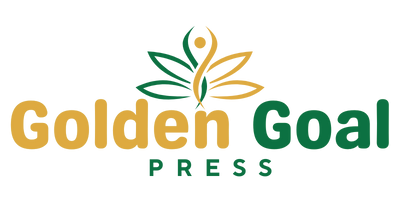Among the innovative approaches in sports medicine that is gaining traction is Platelet-Rich Plasma (PRP) therapy. This treatment has been explored for its potential application in enhancing recovery and managing pain in the musculoskeletal system. It is often associated with other forms of regenerative medicine to assist traditional forms of rehabilitation.
What Is Platelet-Rich Plasma Therapy?
Platelet-Rich Plasma (PRP) therapy is a medical procedure wherein a concentration of platelets is injected into specific areas to support the body’s natural healing processes. Platelets are tiny blood cells involved in clotting and tissue repair. They contain growth factors and proteins utilized for cell regeneration.
PRP therapy is particularly noted for its autologous nature, meaning it uses the patient’s own biological material. This reduces the likelihood of adverse reactions and eliminates the need for external substances. The therapy is typically performed in outpatient settings and requires minimal downtime for the patient. PRP has shown promise across a range of medical fields, including dermatology, dentistry, orthopedics, and sports rehabilitation. Its application in musculoskeletal injuries is of particular interest. It can align with the needs of athletes who seek effective recovery.
What’s Its Place in Sports Medicine?
The application of PRP in sports medicine has gained prominence as practitioners seek advanced methods for managing soft tissue injuries, joint pain, and muscle strains. Athletes, who frequently face injuries due to the physical demands of their activities, may benefit from treatments that aim to expedite recovery and support tissue repair. PRP therapy is generally utilized as part of a broader rehabilitation strategy and is not a standalone treatment. It is explored in cases where conventional methods may not yield the desired outcomes alone.
One area of notable interest is PRP’s potential to assist in tendon healing. The high levels of growth factors within platelets may support the repair of damaged tendon fibers. Some practitioners have explored its use for Achilles tendon injuries, rotator cuff tears, or tennis elbow. While patients may experience relief, it is worth noting that results can vary widely depending on factors such as injury severity, individual healing capacity, and the precise application of the therapy.
What Does Treatment Entail?
The steps involved in PRP therapy are methodical, straightforward, and designed to maximize the treatment’s potential benefits while maintaining patient safety. The process can typically be completed in an hour. Below is an overview of the standard process:
- Patient Evaluation: Before proceeding with PRP therapy, a detailed consultation is conducted to assess the patient’s medical history, current symptoms, and treatment goals.
- Blood Collection and Preparation: During the procedure, a blood sample is drawn from the patient’s arm. The collected blood is then processed in a centrifuge to isolate the platelet-rich layer.
- Injection: Once the PRP is ready, it is injected into the targeted area under sterile conditions. Imaging techniques, such as ultrasound, may be used to guide the placement of the injection with precision.
- Follow-Up: PRP therapy may involve follow-up assessments to evaluate progress and determine whether additional treatments are necessary. Some cases may benefit from multiple injections spaced weeks apart, based on the individual’s response to therapy and recovery trajectory.
Confer With a Pain Management Specialist
Platelet-Rich Plasma therapy offers a glimpse into the possibilities of regenerative medicine within sports medicine. By harnessing the body’s biological components, PRP may play a supportive role in addressing injuries and fostering recovery for athletes and active individuals alike. The expertise of a medical specialist helps tailor treatment based on unique needs, facilitating a measured approach to musculoskeletal health.

